DIY Faux Corner Fireplace
Creating a faux corner fireplace is an innovative and budget-friendly way to bring warmth, style, and a cozy focal point into your living space. Whether you’re dealing with a small room or looking to make use of an awkward corner, a DIY faux fireplace adds charm without the need for extensive renovations. While real fireplaces require professional installation and can be costly, a faux fireplace gives you the freedom to customize your design, play with textures, and make a bold statement—all on a manageable budget. This project is ideal for those who want the ambiance of a fireplace without the hassle and commitment of a traditional one. Let’s explore the steps and considerations for building your very own faux corner fireplace.
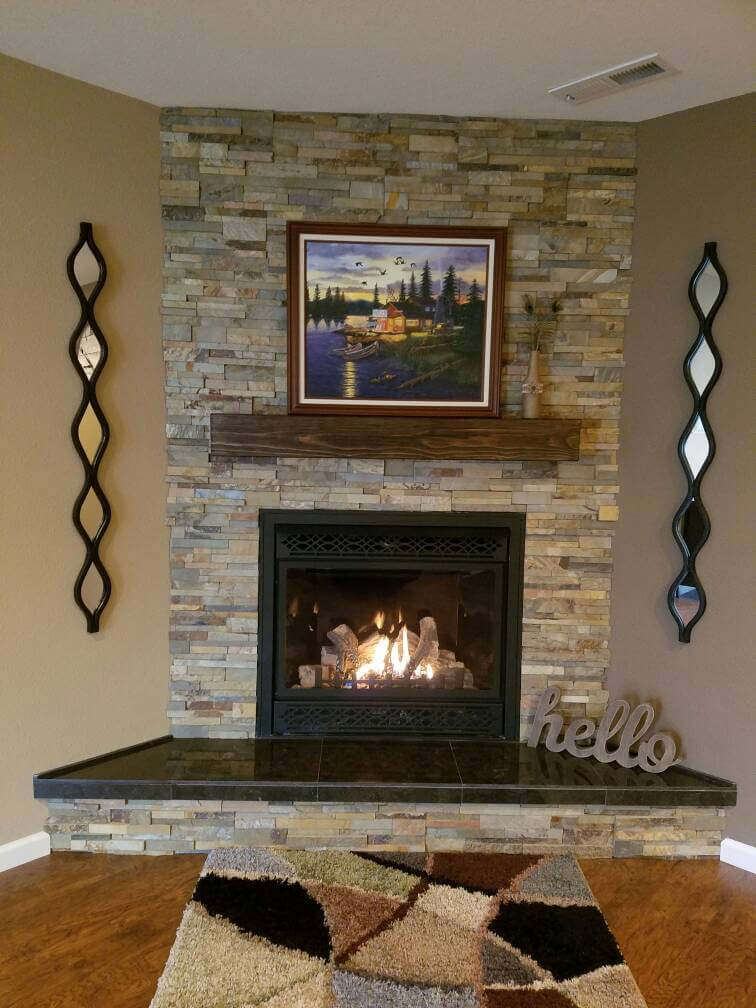
Choosing the Right Design for Your Space
When planning a DIY faux corner fireplace, the first thing to consider is the design. It’s essential to choose a style that complements the existing décor of your home while enhancing the space. Depending on your taste, you could go for a sleek, modern look with clean lines and minimalistic details or opt for a rustic design featuring weathered wood, brick textures, or shiplap paneling. Each of these styles has its unique appeal, and the choice you make will significantly affect the ambiance the fireplace brings to your room.
Take note of the size and shape of your corner. Since this type of fireplace fits snugly into a corner, it’s perfect for small spaces, but you’ll need to ensure that the dimensions fit proportionately. If your room is on the smaller side, a compact, streamlined design will work best, allowing the fireplace to serve as a stylish focal point without overwhelming the space. For larger rooms, you can afford to be more ambitious with height and width, incorporating a mantle or shelving for added flair.
Materials also play a critical role in the design phase. Wood, MDF (medium-density fiberboard), faux stone, or even peel-and-stick tiles can be used to construct your faux fireplace. These materials are easy to work with, affordable, and allow for creative expression. The key is to ensure that your design feels cohesive with the room and doesn’t look out of place.
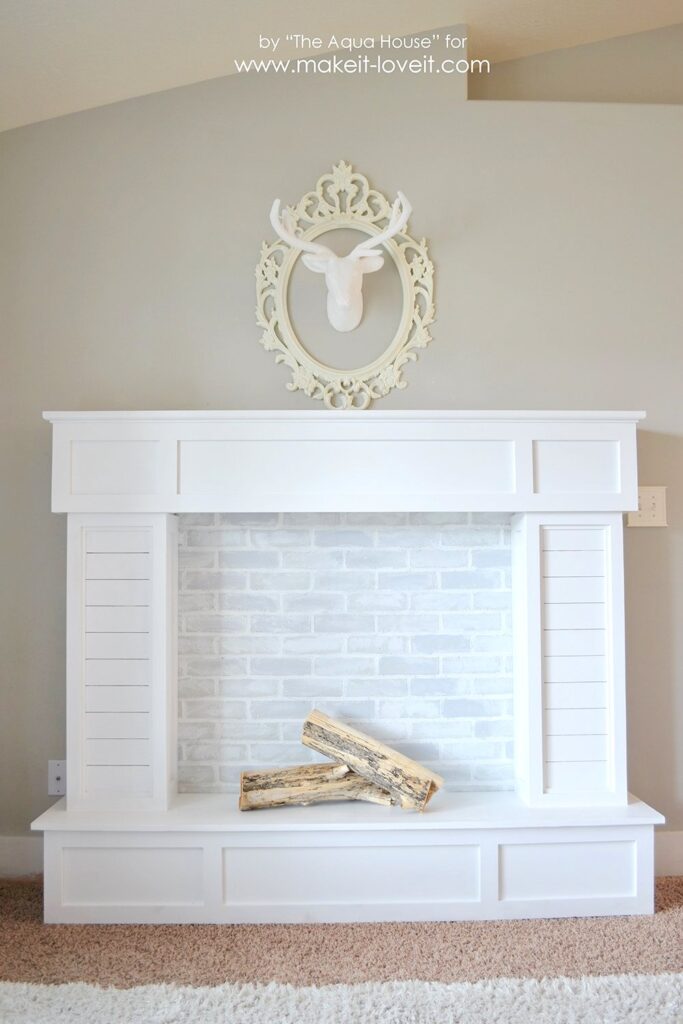
Building the Framework for the Faux Fireplace
Once you have settled on the design and gathered your materials, it’s time to begin constructing the framework. The framework is the skeleton of your fireplace, determining its overall shape and stability. For most DIY faux fireplaces, a wooden frame is the best option, as it provides a sturdy base that can easily support decorative elements like trim, mantelpieces, and tiles.
Start by measuring the corner where the fireplace will be installed and mark the dimensions on your floor and wall. Using 2×4 wood beams, cut and assemble the basic frame according to the height and width you’ve planned. If you want your faux fireplace to have a mantle or additional shelving, make sure to incorporate those into your framework at this stage. Secure the frame to the wall with screws or anchors to ensure that it stays in place and can handle the weight of the materials you’ll add later.
If you’re creating a design with a recessed or “firebox” area, this is also the time to measure and build that section into the frame. While this won’t house a real fire, you can still make it appear authentic by adding an electric insert, LED candles, or decorative logs later in the process. After the framework is in place, double-check that everything is level and secure, as this will impact the final appearance of your faux fireplace.
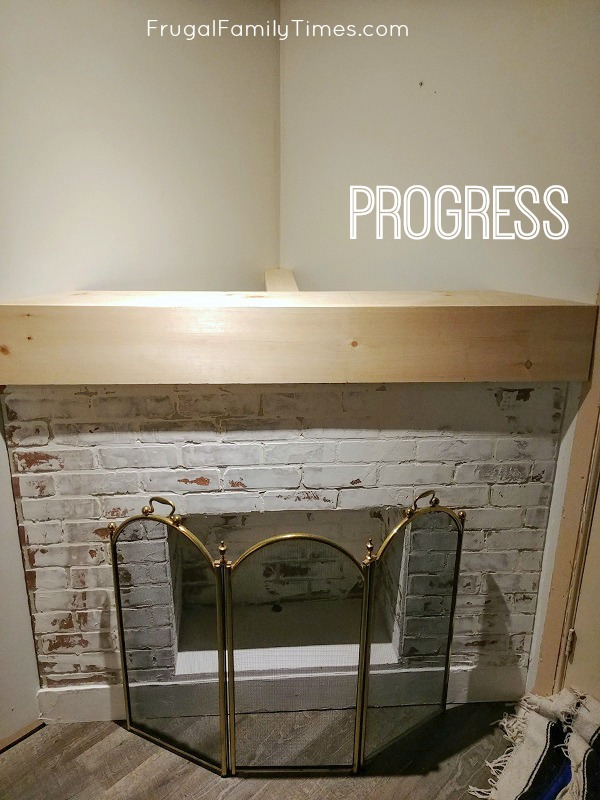
Adding the Finish: Drywall, MDF, or Faux Brick
With your frame securely in place, the next step is to cover it with your chosen finishing material. This could be drywall, MDF panels, or faux brick, depending on the look you’re aiming for. Each material has its pros and cons, so consider your needs before making a choice. MDF is affordable and easy to cut, making it a popular option for DIYers. It can be painted or stained to mimic various textures, from sleek and modern to rustic and weathered.
If you want your faux corner fireplace to have a brick or stone finish, you can either install faux brick panels or use peel-and-stick tiles that resemble brick. These materials are lightweight and easy to install, giving you the look of real brick without the heavy labor involved in traditional masonry. Faux brick panels can be cut to size and attached to the frame using construction adhesive or screws.
For a more seamless look, consider adding drywall to the structure and then painting or texturing it to match the rest of your room. Drywall creates a clean surface that allows you to get creative with paint finishes, faux marble effects, or even wallpaper. Once your chosen material is installed, be sure to fill any gaps with caulk or putty and sand down rough edges to ensure a professional-looking finish.
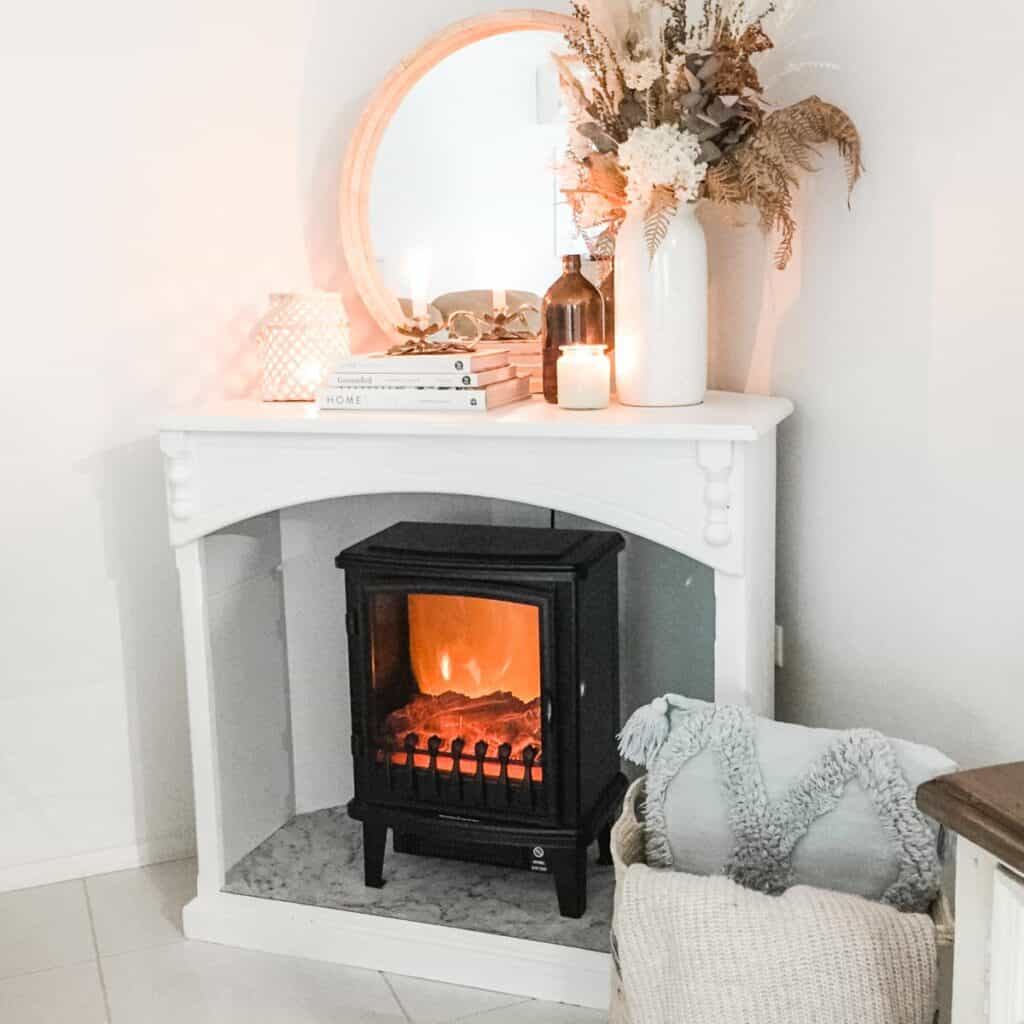
Creating a Realistic “Firebox” Effect
While your faux corner fireplace won’t be functional in the traditional sense, you can still create the illusion of a real firebox. One popular option is to install an electric fireplace insert, which looks like flickering flames without the need for ventilation or chimneys. Electric inserts come in a range of styles and sizes, allowing you to find one that fits perfectly within the dimensions of your faux fireplace.
If you’re looking for a more budget-friendly option, you can use LED candles or string lights placed inside the firebox to create a warm glow. Arranging decorative logs inside the firebox and adding LED lighting underneath can also give the impression of a smoldering fire. Some DIY enthusiasts even paint the interior of the firebox black or dark grey and use an old grate and faux coals to mimic the look of a real fireplace.
Whatever option you choose, the goal is to make your faux fireplace as realistic as possible, with just enough detail to make it a cozy and inviting feature in your room. Adding a hearth made from wood, tile, or stone below the firebox further enhances the illusion and makes the fireplace feel more complete.

Finishing Touches: Mantels, Shelves, and Decor
After constructing and finishing the main structure of your faux corner fireplace, it’s time to add the finishing touches that will bring the whole design together. Installing a mantle above the fireplace creates a perfect spot for displaying artwork, candles, or seasonal décor. A floating wood mantle can add a rustic, farmhouse vibe, while a sleek, painted mantle gives a more modern touch.
If your design includes shelves on either side of the fireplace, now is the time to install those as well. Shelving can provide additional storage space or serve as a decorative feature where you can display family photos, vases, and other personal items. Adding molding or trim around the fireplace and along the mantle can elevate the overall look, making it appear more custom and high-end.
To complete the look, consider styling your faux fireplace with cozy, decorative elements. Add a large mirror or artwork above the mantle to draw attention to the space, and layer in some textured throws, pillows, or a rug in front of the fireplace to make the area more inviting. The goal is to create a space that feels warm and welcoming, just like a real fireplace would.
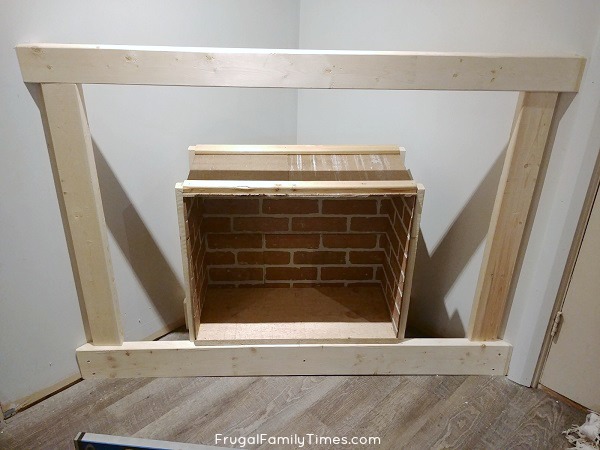
Maintaining and Enjoying Your Faux Fireplace
A major advantage of having a faux corner fireplace is the minimal maintenance required compared to a real one. There’s no need to worry about cleaning soot, dealing with firewood, or arranging regular inspections for chimney safety. However, you’ll still want to keep your faux fireplace looking its best over time. Regular dusting and cleaning of the mantle, hearth, and surrounding areas will prevent dirt buildup, ensuring that your fireplace remains a pristine focal point in the room.
If you’ve used paint or faux brick, be mindful of scuffs or chips, especially if the area is prone to foot traffic or accidental bumps. Touching up paint or replacing worn-out decorations is an easy way to keep your faux fireplace looking fresh. Additionally, if you’ve installed an electric insert, make sure to follow the manufacturer’s guidelines for cleaning and maintaining the unit.
Your faux fireplace is not only a stylish addition but also a customizable piece that can evolve with your décor preferences. Change out the decorations seasonally, experiment with new color schemes, or add new elements to the mantle to keep the space feeling updated and reflective of your style.
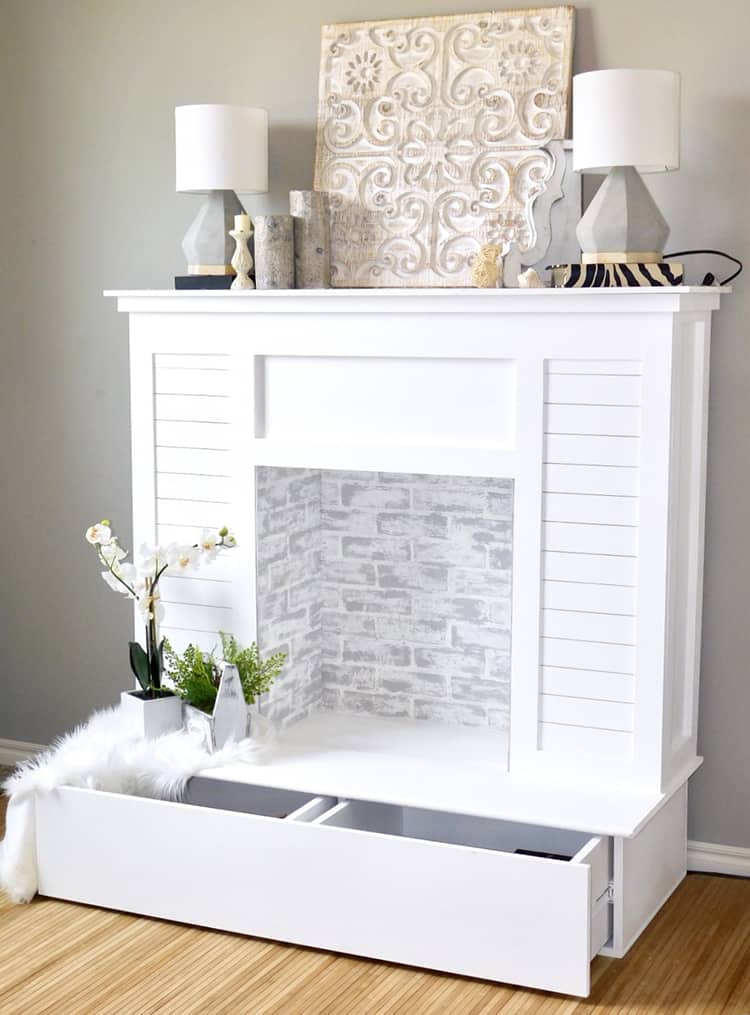
A brand new customer review http://www.anticoelements.com/content/7-testimonials-and-reviews

diy faux corner fireplace – Google Search Faux fireplace diy, Faux fireplace, Diy fireplace

Faux corner fireplace. DIY Pinterest

Best DIY Corner Fireplace Ideas for a Cozy Living Room
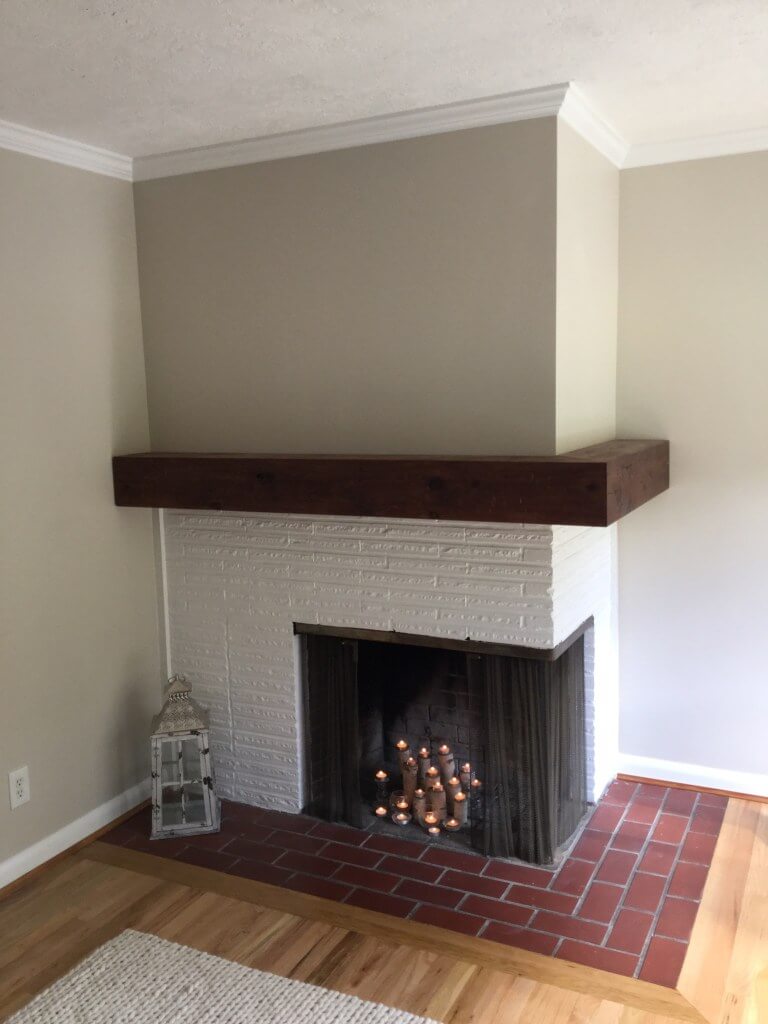
How to Build a Faux Fireplace in a Corner
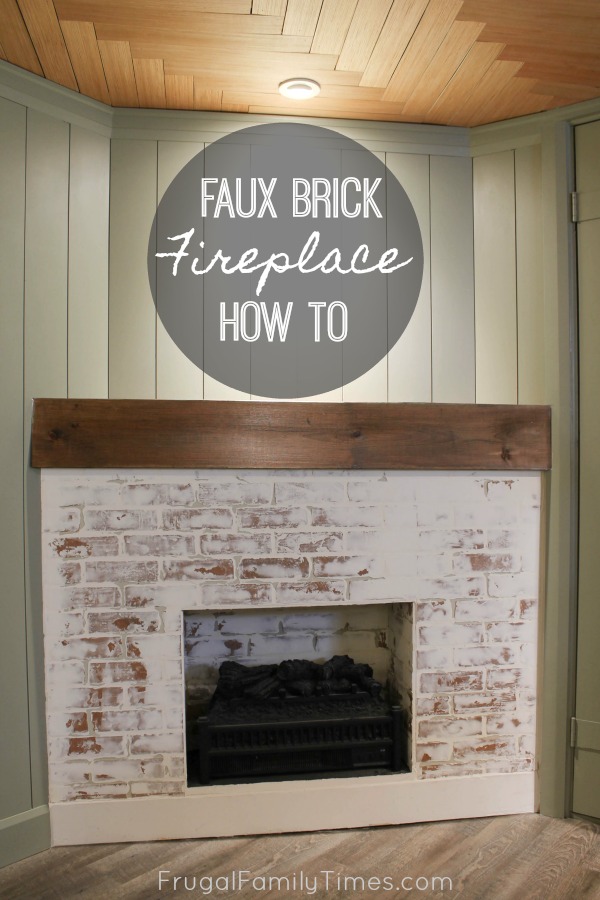
DIY Fake Corner Fireplace: cozy, quick and easy – Pineapple Farmhouse
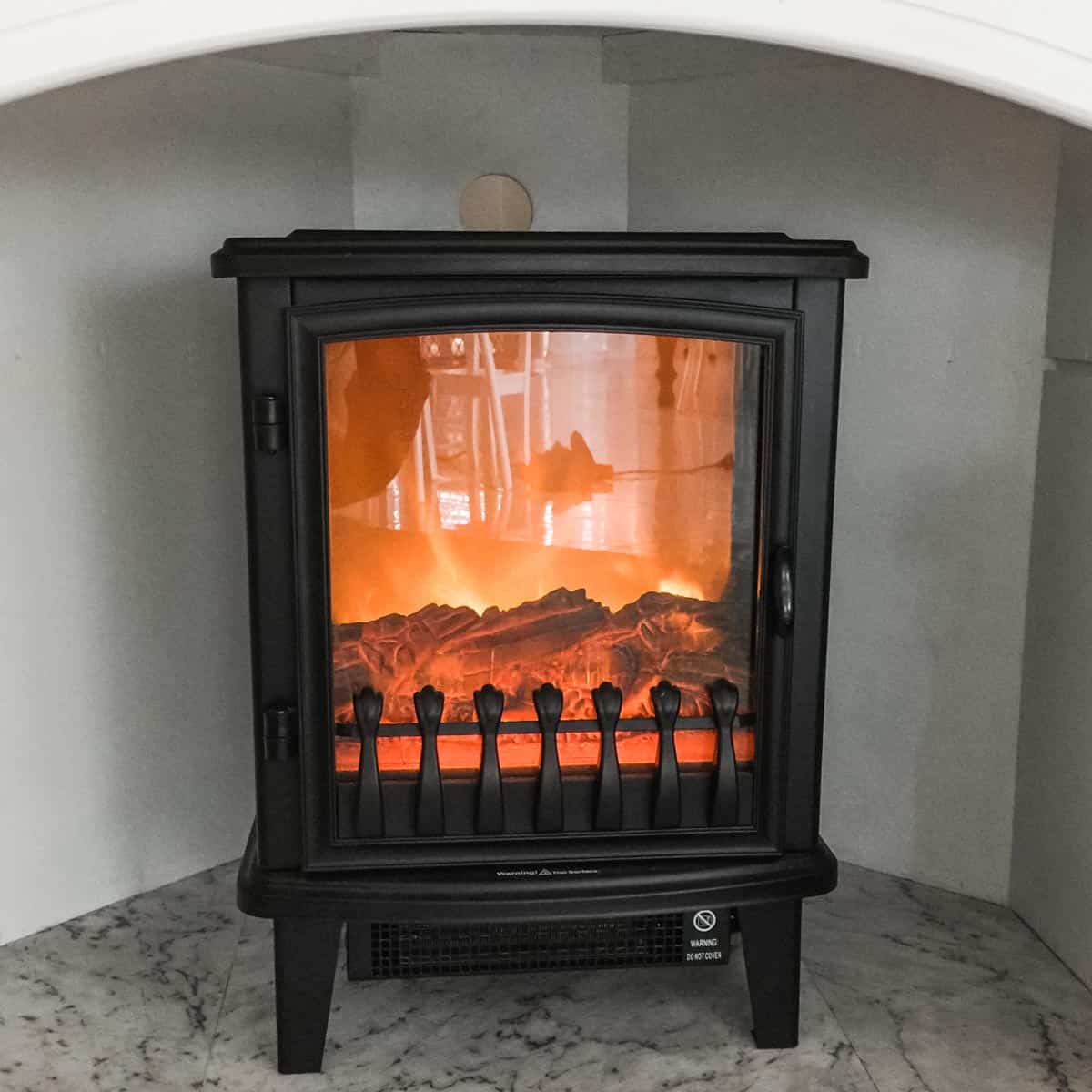
Terrific Photos Faux Fireplace corner Tips (With images) Faux fireplace, Faux fireplace

Related Posts:
- Open Corner Fireplace
- Corner Stove Fireplace Ideas
- Corner Faux Fireplace
- Corner Linear Fireplace
- Corner Fireplace with Built Ins
- Corner Fireplace Kit
- Corner Fireplace Mantels Pictures
- Oak Corner Fireplace
- Corner Fireplace Plans
- Corner Fireplace TV Stand Big Lots
Creating a DIY faux corner fireplace can be a fantastic way to add warmth and character to any room in your home. Not only does it provide a cozy ambiance, but it also serves as a stylish focal point that can enhance the overall aesthetic of the space. Whether you live in a small apartment or a large house, a faux fireplace can be a great addition that adds both charm and functionality to your living space.
Benefits of a DIY Faux Corner Fireplace
One of the main benefits of a DIY faux corner fireplace is that it can be much more cost-effective than installing a traditional fireplace. Traditional fireplaces require extensive construction work, including building a chimney and installing ventilation systems, which can be very expensive. With a faux fireplace, you can achieve the look and feel of a real fireplace without the high cost and hassle of installation.
Another benefit of a DIY faux corner fireplace is that it is versatile and customizable. You have the freedom to choose the size, shape, and design of your faux fireplace to suit your style and the décor of your home. Whether you prefer a modern minimalist design or a rustic farmhouse look, there are endless possibilities for creating a faux fireplace that complements your space perfectly.
Pros and Cons of DIY Faux Corner Fireplaces
Pros:
– Easy to install: Faux fireplaces are typically lightweight and portable, making them easy to assemble and install in any room.
– Safe: Since faux fireplaces do not produce real flames or heat, they are safe to use in homes with children or pets.
– Low maintenance: Faux fireplaces require minimal maintenance compared to traditional fireplaces, which need regular cleaning and upkeep.
– Energy-efficient: Faux fireplaces do not require any fuel or electricity to operate, making them an environmentally friendly option.
Cons:
– Not functional: While faux fireplaces can provide the look of a real fireplace, they do not produce heat or flames, so they are purely decorative.
– Limited authenticity: Although faux fireplaces can mimic the appearance of real fireplaces, they may not have the same level of authenticity or charm.
– Space limitations: Faux corner fireplaces may not fit seamlessly into all room layouts or designs, depending on the available space and configuration.
– Durability: Some faux fireplaces may be less durable than traditional fireplaces, especially if they are made from lower-quality materials.
How to Build a DIY Faux Corner Fireplace
Building your DIY faux corner fireplace is a fun and rewarding project that can be completed over a weekend with some basic tools and materials. Here are some steps to help you create your faux fireplace:
Measure and plan: Start by measuring the dimensions of your chosen corner location for the faux fireplace. Consider the size of the mantel shelf, surround, and hearth that you want to build.
Choose materials: Select materials such as MDF (medium-density fiberboard), plywood, or reclaimed wood for constructing the frame and façade of the faux fireplace. You can also use brick veneer panels or stone tiles for added texture.
Build the frame: Construct a simple frame using plywood or MDF boards to form the structure of the faux fireplace. Secure the frame to the wall using screws and anchors for stability.
Add finishing touches: Once the frame is in place, attach brick veneer panels or stone tiles to create the façade of the fireplace. Install a mantel shelf on top for displaying decorative items like candles, photos, or plants.
Common Mistakes to Avoid When Building a DIY Faux Corner Fireplace
1. Neglecting proper ventilation: It’s essential to ensure that your faux fireplace has proper ventilation to prevent any potential safety hazards from the build-up of heat or fumes.
2. Using flammable materials: Avoid using flammable materials near heat sources in your faux fireplace design to reduce fire risks.
3. Overlooking structural support: Make sure that your faux fireplace frame is securely anchored to the wall to prevent accidents or collapses.
4. Ignoring safety precautions: Be cautious when working with tools and materials during construction to prevent injuries.
5. Skipping measurements: Accurate measurements are key when building a custom-sized faux corner fireplace to ensure it fits perfectly in your space.
Can I add an electric insert or LED lights for added realism?
Yes, you can incorporate an electric insert or LED lights into your faux corner fireplace design for added ambiance and realism.
How do I clean and maintain my faux fireplace?
Regular dusting and wiping down with a damp cloth should keep your faux fireplace looking clean; avoid harsh chemicals that could damage the finish.
Can I paint or stain my faux fireplace?
Yes, you can customize the appearance of your faux fireplace by painting or staining it in colors or finishes that complement your décor.
Are there different styles of faux corner fireplaces available?
Yes, there are various styles and designs of faux corner fireplaces on the market, ranging from modern minimalist to classic vintage looks.
Can I move my DIY faux corner fireplace if I decide to rearrange my room?
Yes, most DIY faux fireplaces are portable and lightweight enough to be moved around easily if you want to change up your room layout.
Building a DIY faux corner fireplace can be a creative way to enhance any room in your home with warmth and charm without the cost and hassle of installing a traditional fireplace. By following basic construction steps and safety precautions when building your faux fireplace, you can enjoy all the benefits of having an elegant focal point in your living space while avoiding common mistakes that could compromise safety or durability. Whether you prefer modern contemporary design or rustic farmhouse style, there are endless possibilities for creating a customized DIY faux corner fireplace that suits your taste and complements your home décor beautifully!
Overall, a DIY faux corner fireplace can be a great addition to any home, providing a cozy and stylish focal point that adds warmth and character to the space. With the ability to customize the design to suit your style and the versatility of installation, a faux fireplace offers many benefits without the high cost and maintenance of a traditional fireplace. By following proper construction steps and safety precautions, you can create a beautiful and functional faux fireplace that enhances the ambiance of your living space. Whether you are looking for a quick weekend project or a unique way to update your home decor, a DIY faux corner fireplace is a great option to consider.